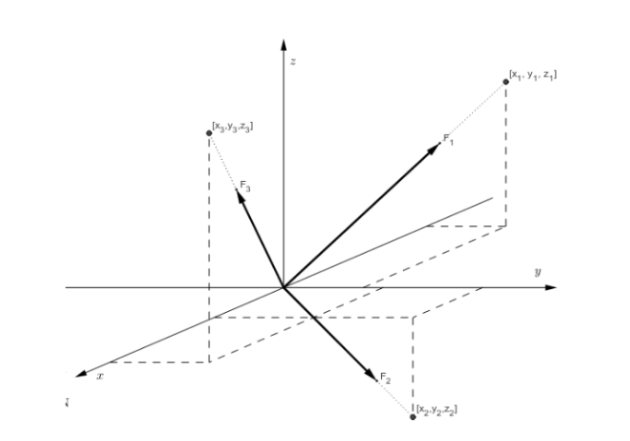- Home/
- GATE MECHANICAL/
- GATE ME/
- Article
Concurrent Force System – Definition, Types
By BYJU'S Exam Prep
Updated on: September 25th, 2023

Concurrent force systems are one of the force system categories in coplanar and non-coplanar force systems. Forces can be adjusted in a variety of ways. Different forces may have different configurations of their lines of action on the same object. When a combination of forces acts on an object, it is referred to as a “system of force” or “force system.”
A force system can be roughly categorized into coplanar force systems and non-coplanar force systems based on the positioning of its forces’ lines of action. There are numerous applications of the concurrent force system in engineering mechanics problems. In this article, we will study the definition, types, and conditions for equilibrium for a concurrent force system.
Download Formulas for GATE Mechanical Engineering – TOM & Vibrations
Table of content
What is Concurrent Force System?
The word concurrent force system has two main parts: concurrent and force system. Here, concurrent implies that he things criss-cross throughout a single point, whereas force system implies a group of forces. The definition of a concurrent force system can be easily determined by merging the definitions of these two.
Concurrent Force System Definition
A concurrent force system can be defined as, When forces are applied to an object in such a way that their lines of action pass through a single point, they are referred to as concurrent forces.
Types of Concurrent Force Systems
When a system of force on an object creates a concurrent system of force, then there are two possibilities for the line of action of the forces in the force system. All of the forces’ lines of action may be in the same plane or may not be in the same plane. For the reasons stated above, the concurrent force system can be of two types:
- Concurrent coplanar force system
- Concurrent non-coplanar force system
Download Formulas for GATE Mechanical Engineering – Strength of Materials
Concurrent Coplanar Force System
A group of forces in which the line of action of all the forces lies in the same plane and these pass through a common point is called a concurrent coplanar force system. A force system on the pin of a joint in a planar truss is an example of a concurrent coplanar force system.

Concurrent Non-coplanar Force System
A concurrent non-coplanar force system is a group of forces whose lines of action do not all lie in the same plane but pass through a common point. A force system on the pin of a joint in a space truss (example: transmission tower) is an example of a concurrent non-coplanar force system.

Download Formulas for GATE Mechanical Engineering-Engineering Mechanics
Concurrent Force System in Equilibrium
An object is in static equilibrium if the net force and the net moment about any point on the object due to forces are equal to zero. As we know, in a concurrent force system, all the forces’ line of action passes through a common point. So if we consider the net moment at the point of concurrency, then the net moment will be zero.
In short, we can conclude that the net moment in a concurrent force system is always zero. To check the equilibrium condition of any object acted upon by a concurrent force system, we need to check for force equilibrium only. Equilibrium conditions for both types of concurrent systems are mentioned below.
|
Type of System |
Condition for equilibrium |
|
Concurrent coplanar force system (in x-y plane) |
Fx=0, Fy=0 |
|
Concurrent non-coplanar force system |
Fx=0, Fy=0,Fz=0 |


